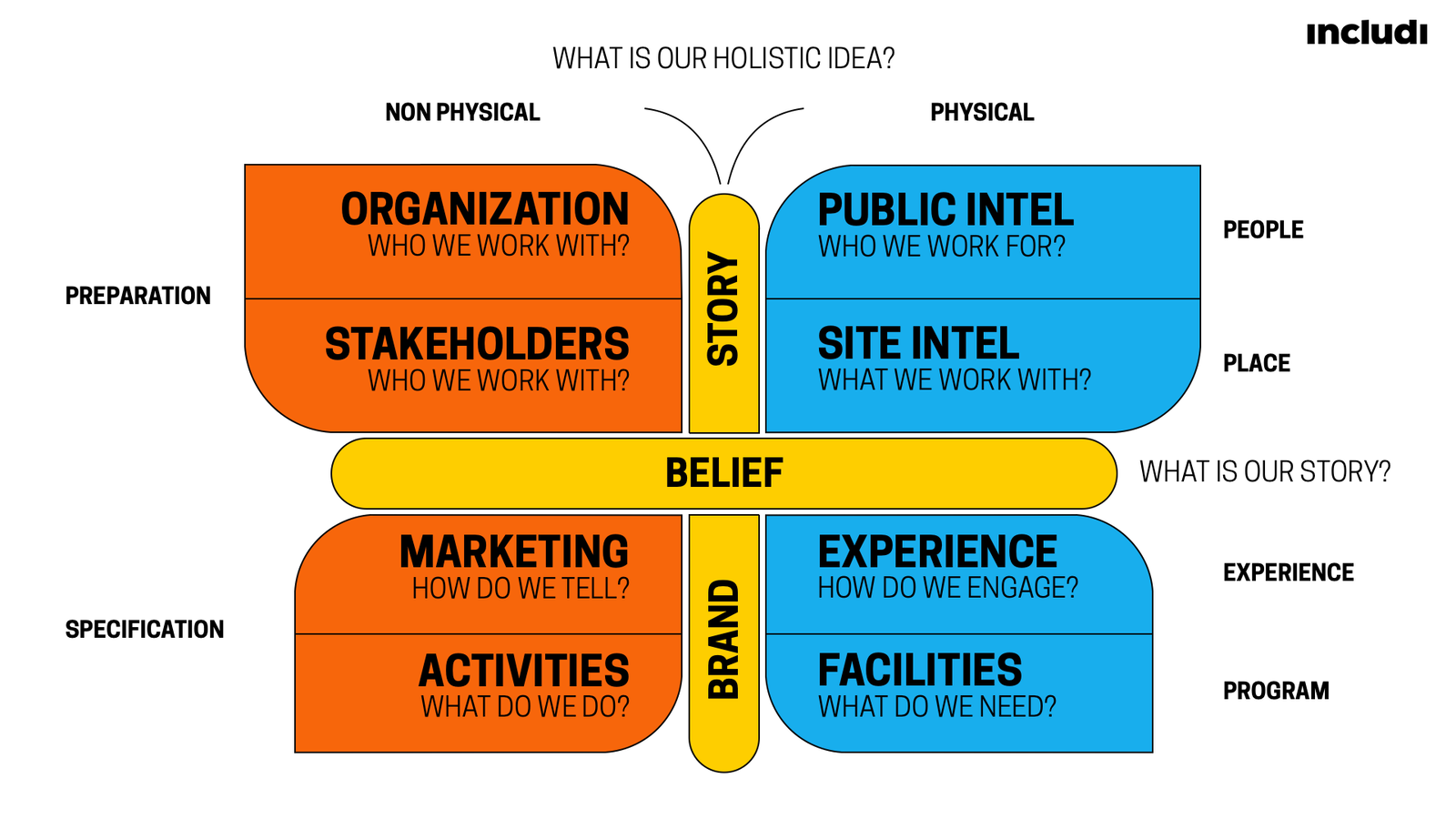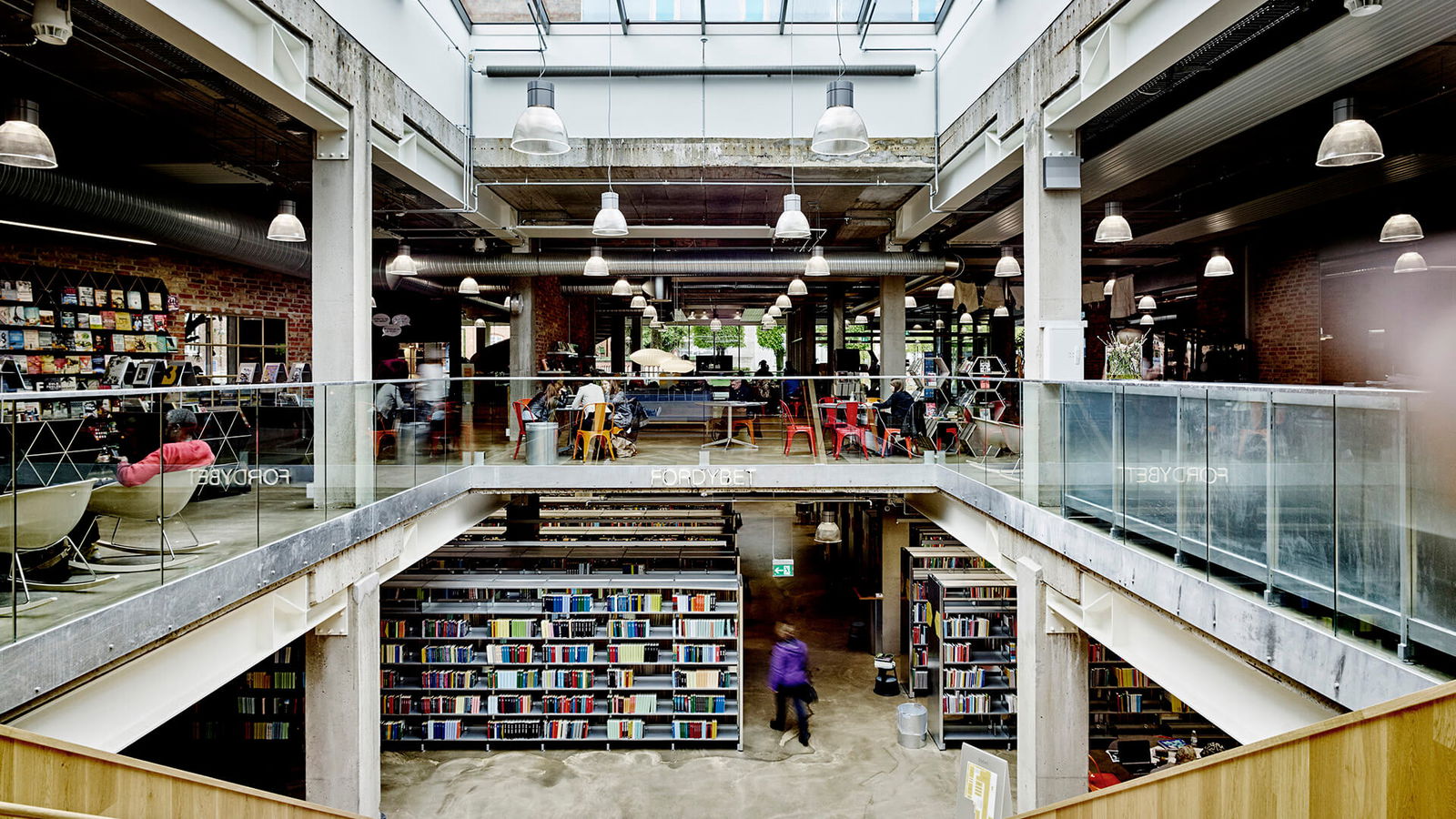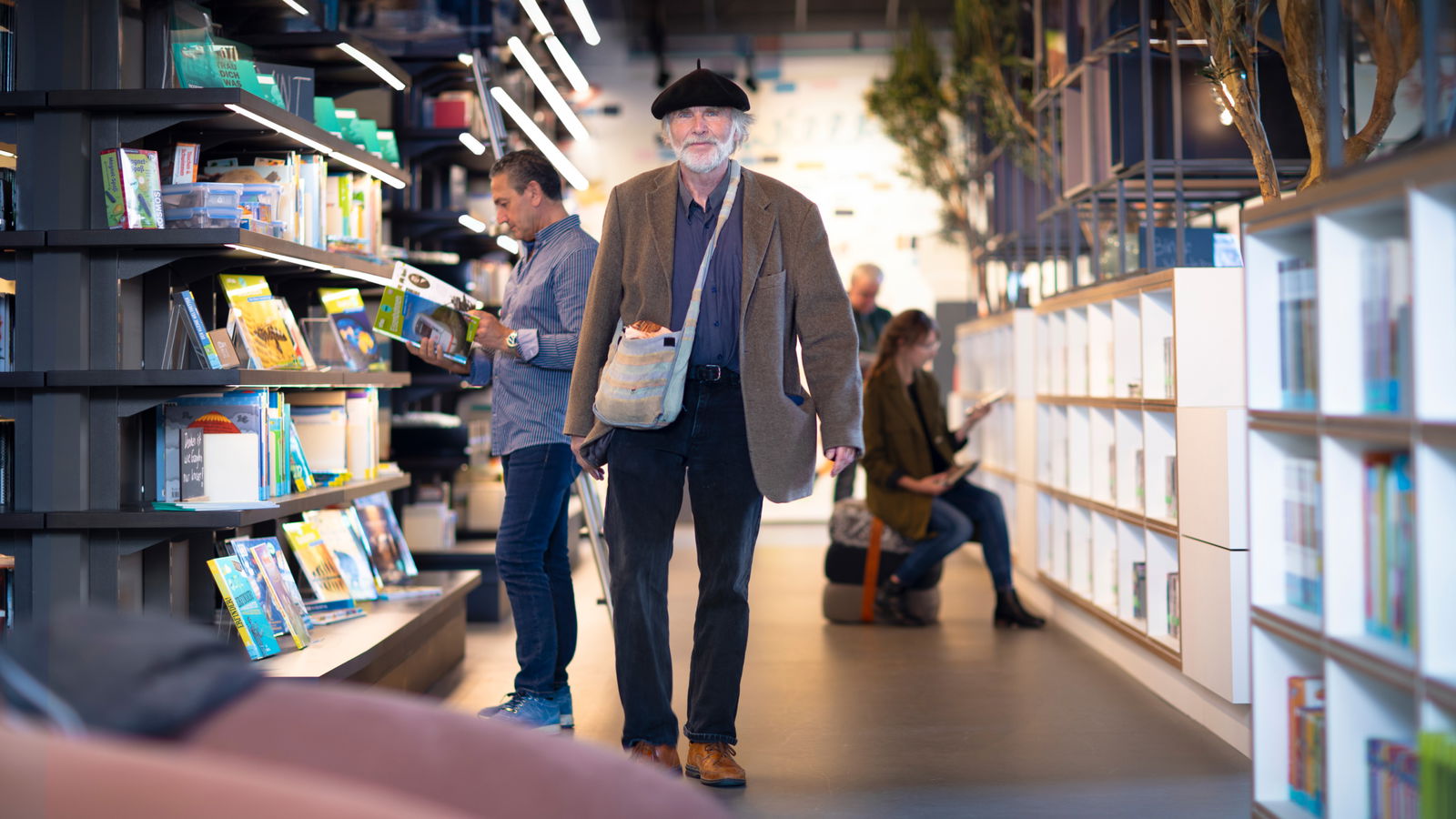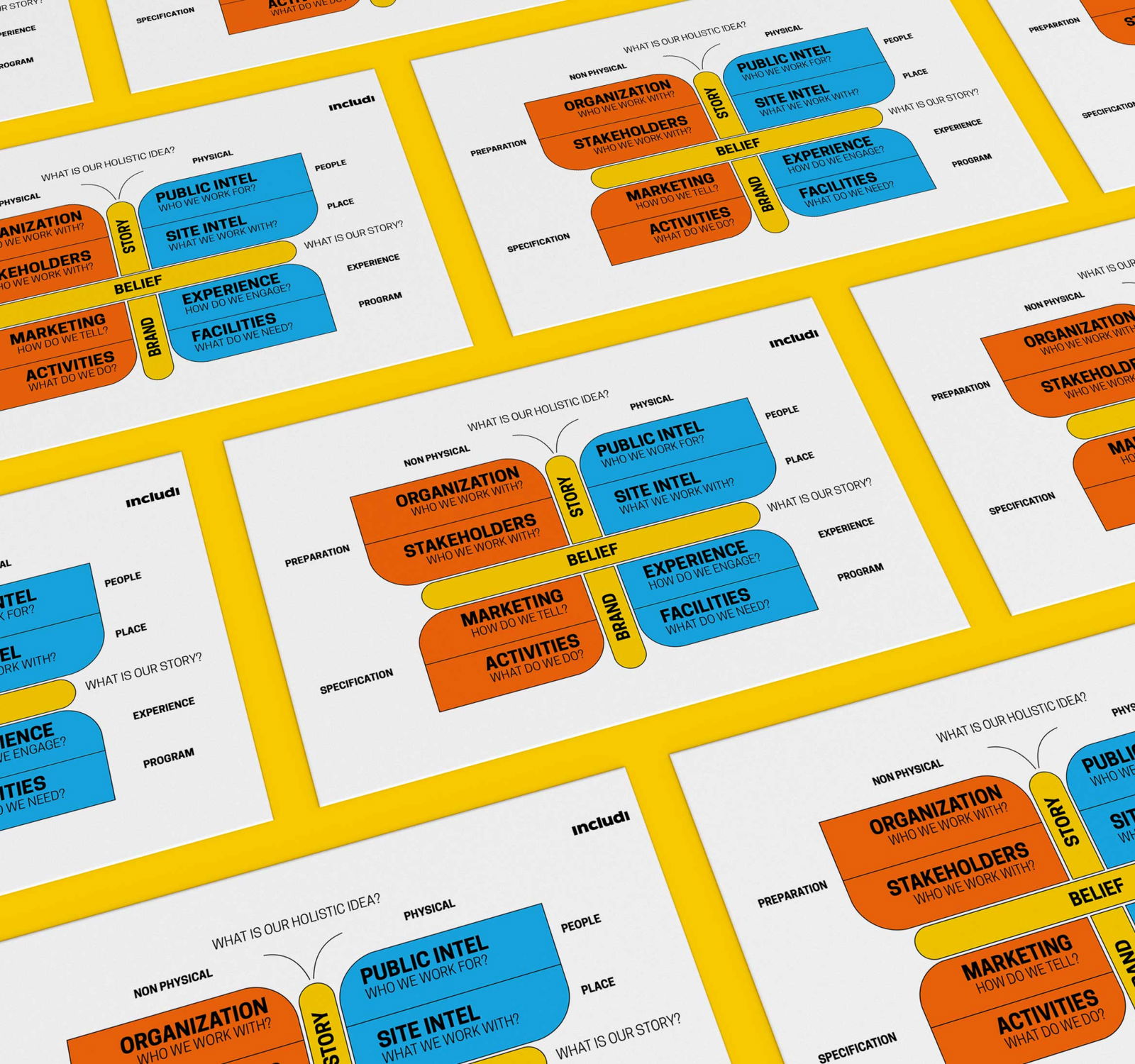Learning from 3rd4all
We have to admit, sometimes we might have been the one to blame if a place did not work out as expected. Maybe it just wasn’t our day. But there is probably more going on than an architect underperforming when public places don’t work as anticipated. Along the way, we learned that creating these places was not simply about creating facilities for activities. We started paying attention to what conditions are crucial for success andactively listened to a lot of people involved. We implemented the knowledge gained from writing 3RD4ALL How To Create a Relevant Public Space and crafted it into a model. In this model, we tried to simplify the process involved, outlining the critical conditions for the creation of a healthy public place.
First, a little background information. As stated before, at includi, we believe that architecture is part of a bigger ecosystem called the Brand, and as such architecture should behave according to the rules of branding. Brands are built on values, and physical as well as non-physical elements. And of course, any brand will behave according to the rules and needs of its customers. It will do so within the capacity of the organization – that in itself is bound by its own context. If all falls into place, activities are well-facilitated and at the end of the day it all works fine, every user is content.
What makes a butterfly fly?
Its wings, of course. Imagine a healthy public place as a butterfly, creating happiness in its flight. To take off, both wings need to carry the body with a heartbeat and soul equally. There are three factors here: physical and non-physical aspects, gathered around the Why. The wings stand for the physical and non-physical elements. The body is the belief, the story, and the visible brand.
The critical ingredients to creating a future-proof public place are people, place, experience and product/program. The first two focus on aspects to prepare for creating the soul, the latter two focus on specific aspects based upon the definition of the soul.

The butterfly principles
The Butterfly Principles are best explained through 10 questions. Answering these questions creates solid ground for common ground. Here three examples:
1. What is the holistic idea? What’s the bigger picture? Let’s put it simply: everything starts with an idea. Before a public place is brought to life, there is usually a holistic idea to which one is committed. This idea is crucial to determine, as it will provide the first guidelines and outlook for the process to come. Determine your goal, and then be committed to get there together.
2. Who do we work with? The organization or entity you are a part of, your coworkers, roommates, your social context, they all determine most of your abilities and capabilities. So, be aware of whom you work with, who works around you, who you influence, who depends on you. Know who you are. Your network is your toolbox.
8. How do we engage? As you know, only personal experience can create engagement to your place. To do so, you have to make your facility hospitable, visible, accessible, usable, secure, comfortable, adaptive and flexible. Quite a list – but worthwhile, as only experience is able to create a lasting user-transformation.
Design for programmability
There’s a lot more to any public 3rd place than just creating facilities for activities. In fact, that’s only the end of the speccing process. You need to know a lot more before talking about practicalities. Mapping all ingredients shown in the wings of the butterfly create the foundation to vision. It helps you to withstand the forces of the cocooning process – where process pros usually take off with your project and take matters into their own hands.
If you’re not armed with a well-founded vision, the butterfly might turn out quite different than expected. Or worse, it might be missing a wing. We have developed The Butterfly Principles of Design for Programmability to provide a simple toolset to determine the ingredients that shape healthy public places.

Public Spaces Design: Social Architecture And Aesthetics Align

